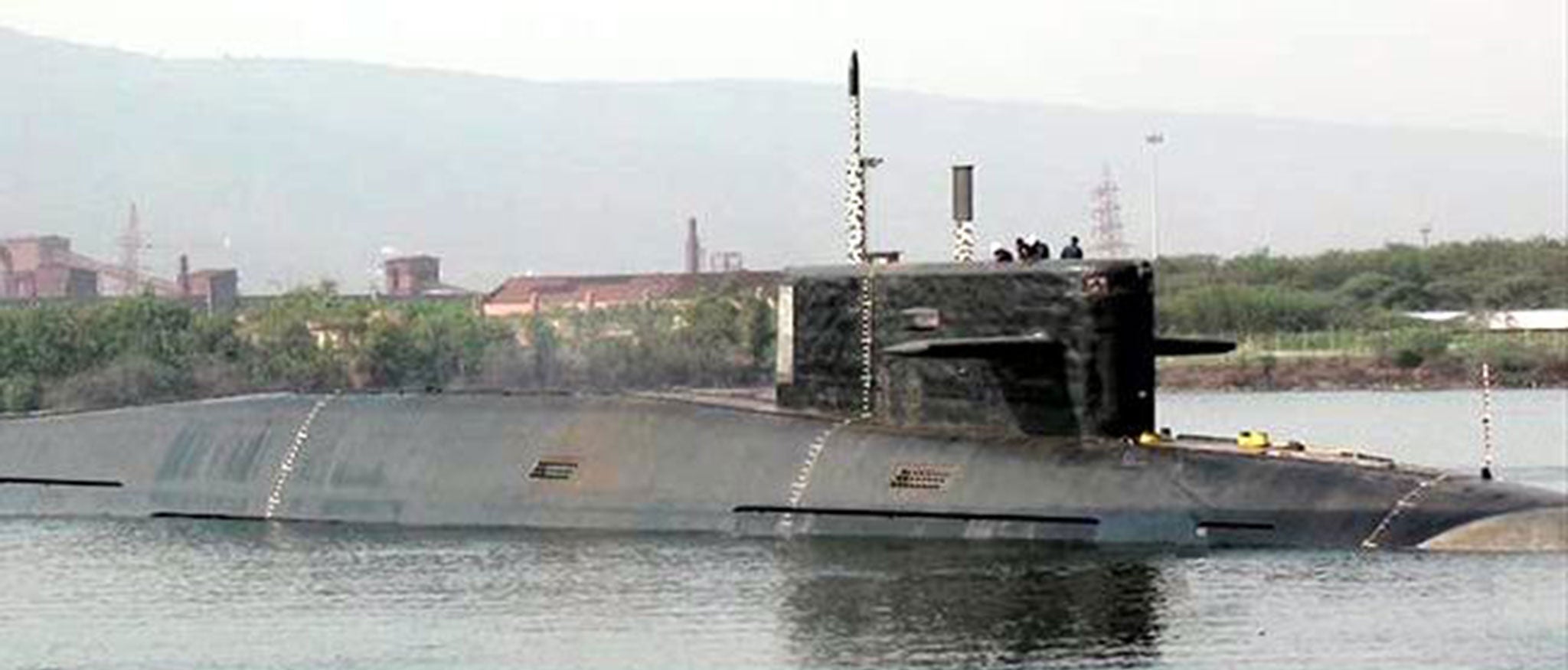INS Arihant: India nears completion of nuclear submarine 'Slayer of Enemies' - so what does it mean for the world?
The submarine will complete India's nuclear triad, allowing it to launch atomic weapons from land, sea and air

India is conducting the final trials of its first nuclear-armed submarine, which would make it the sixth country in the world to possess a vessel capable of launching nuclear warheads from underwater.
When deployed, the submarine will complete India's nuclear triad - allowing it to launch atomic weapons from land, sea and air.
What is the INS Arihant?
The 6,000-ton, 110-metre-long INS Arihant (the Sanskrit name meaning "Slayer of Enemies") has been developed over the last three decades under a secret government program.
First sanctioned in 1970, the project was approved in 1984 and work began in 1998.
It is currently completing its final trials in the Bay of Bengal, having passed several deep sea diving drills as well as weapons tests over the past five months, an official told The Economic Times.
The nuclear-powered ballistic missile submarine can be armed with 12 Short Range K-15 missiles or four K-4 ballistic missiles.
Work has already started on two more Arihant-class submarines. India intends to have a total of four by 2020, The Diplomat reports.
What does this mean for the world?
India's deployment of a nuclear-armed submarine could put the nation into a naval arms race with regional powers, potentially prompting China to assist its nuclear-armed allies Pakistan and North Korea in developing similar technologies, according to Bloomberg.
Both India and China subscribe to a No First-Use policy on nuclear weapons. They regard nuclear-armed submarines as a deterrence aimed at preventing the outbreak of war.
The Arihant is harder to detect than India's nuclear weapons platforms on land and in the air, giving it a "second-strike" capability. This would allow India to retaliate against an enemy who managed to destroy the rest of its nuclear arsenal in a first-strike.
However, India and China's nuclear submarines are currently loud and easily detected, making them an unlikely second-strike asset, according to the Lowy Institute for International Policy in its report into nuclear-armed submarines.
The Lowy report says: "There will likely be a long phase of initial instability as China and India start deploying nuclear missiles on submarines.
"Chinese and Indian nuclear-armed submarines - along with possible Pakistani and North Korean units - may remain detectable by adversaries, making their activities unpredictable in times of crisis. Moreover, these supposedly stabilizing new forces may worsen wider maritime tensions."
Which other countries have nuclear-armed submarines?
The UK, USA, France, Russia and China already have nuclear-armed submarines.
Only the USA and Russia are considered are considered fully-fledged nuclear triad powers.
The renewal of Britain's Trident nuclear-submarines has sparked a fierce debate within the Labour party.
Although Labour leader Jeremy Corbyn favours unilateral disarmament, many other members of his shadow cabinet are outspoken advocates.
The Government says the cost of replacing Trident will come to £31bn, but some experts say the real cost will exceed £100bn.
Subscribe to Independent Premium to bookmark this article
Want to bookmark your favourite articles and stories to read or reference later? Start your Independent Premium subscription today.

Join our commenting forum
Join thought-provoking conversations, follow other Independent readers and see their replies